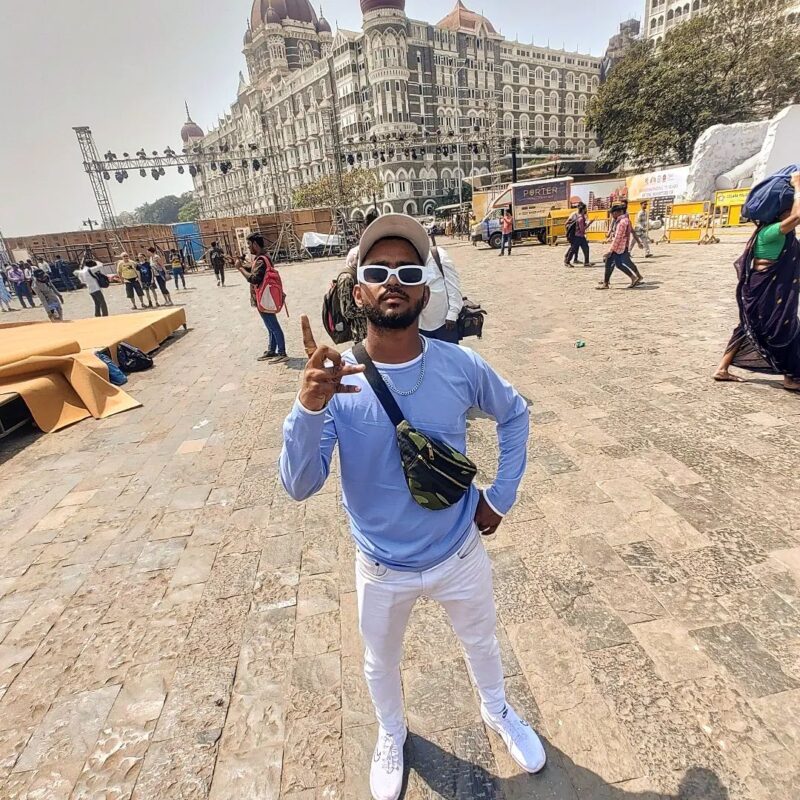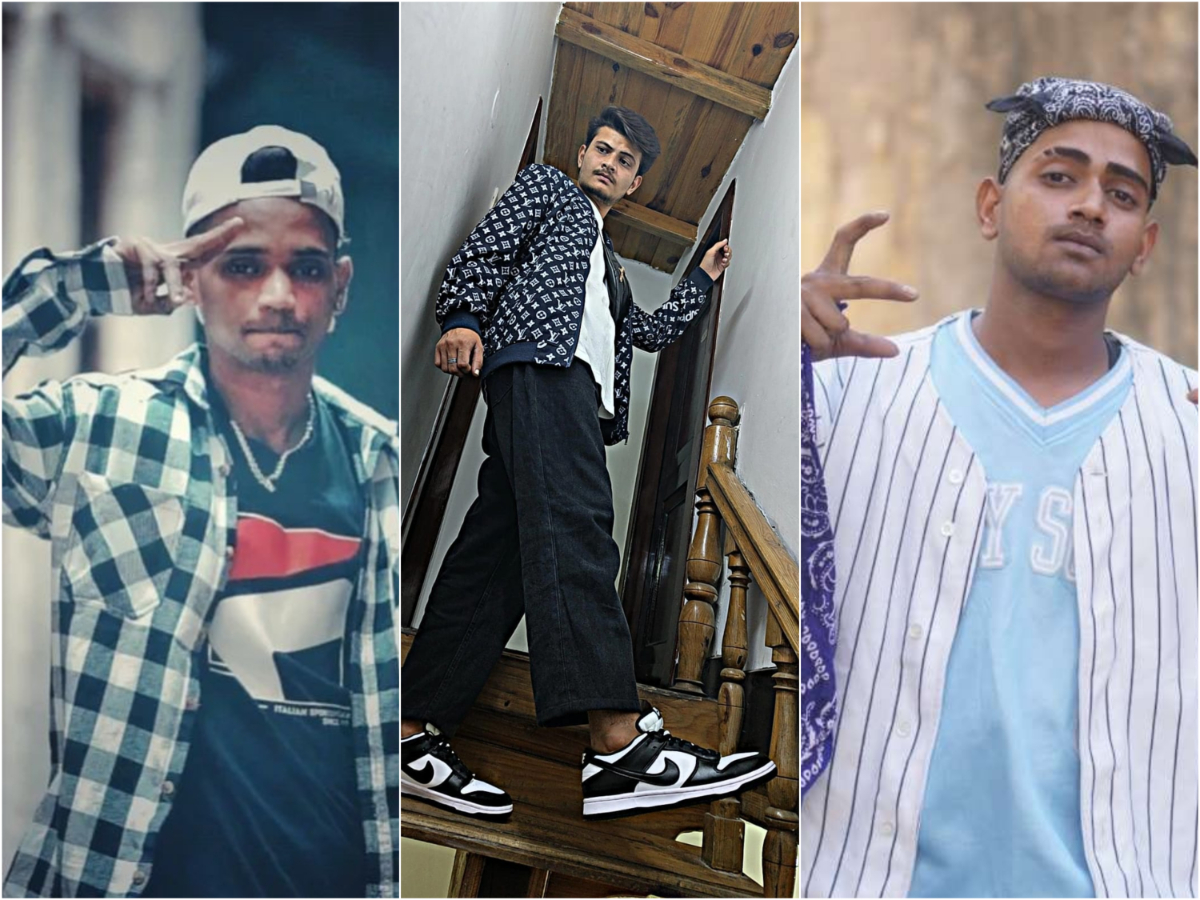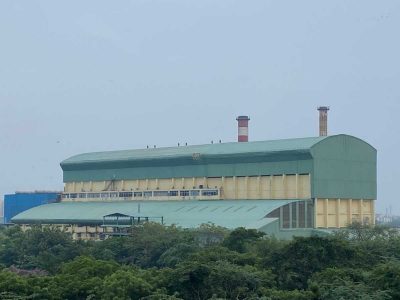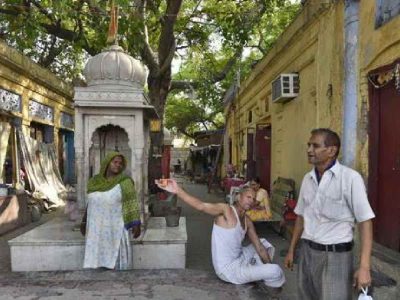The beats go up, the beats go down, and a vast ground in Delhi’s Seemapuri comes to life every Sunday evening for a rap cypher. The area is jammed with everything rap – freestyle, old school, new school, mumble, boom bap, chopper, gangsta – and the lyrics usually follow the experiences of living in the ‘hood’.
“Zero to hundred scene apna dope par, Delhi 95 ko laana hai top par (We are dope in every way, Delhi 95 [Seemapuri] will hold sway)” sings Kurbaan, a 22-year-old rapper. Gulfam (20) drops the beat and raps “Aankho mein aasou-o ko band karo, hamari majbooriya khatam karo. Time se paani ka aana, time se bijli ka jaana… (End this suffering and helplessness that we face. Electricity and water on time we should get)” as he talks about the dastoor (manners) of India.
Seemapuri Ki Kitaab, a song by Deepak Mady and Kurbaan, became popular locally and was written out of anger by the portrayal of Seemapuri in the media. A report called ‘Udta Dilli’, which focused on the usage of hard drugs among young kids in the area, led them to write about other aspects of their lives that have often been overlooked.

The duo uploaded the song on their YouTube channel Jamnapaar Records.
“All they showed was drugs, drugs, and drugs and nothing else. So we wrote the song as an answer to it. It [Seemapuri] is a place like any other where all kinds of people live. So we wanted to write not just about drugs, but other things that we go through. Yes, young people do drugs here, but there are reasons for it. If you’re showing drugs, also show the hunger, poverty and helplessness in the area,” rue Kurbaan and Deepak Mady.
The group United Delhi Mahaul Cypher started as a gathering of young rappers in the area. Kurbaan, who works as a salesman for a local garment shop, would visit Deer Park in Hauz Khas every Sunday to join a rap cypher. The process seemed hectic to him and he could not relate to the lyrics of rappers in the posh South Delhi hub, which prompted him to gather with his friends in an empty field of Seemapuri for rap battles.
“We realized that there is a lot of talent here. Children and young boys were good rappers but they would not reveal it due to how the artform is perceived. When we started rap cyphers here, many things changed,” says Kurbaan.
Much like the underground rappers of Mumbai such as Naezy and Divine, who became popular with time, the group wants to show the world their ‘ways of living’ and the struggles they face in their everyday life in Seemapuri.
Also read: Sabzi mandi that wakes up at night for food
“We always try to write about our reality. Whatever we see, we write it because this is everything we have in our mind. The place that we are born in, what we have gone through. How we live, eat, and talk; this is all we are trying to bring in our rap. We do it for our audience so that they can understand and relate with us,” says Deepak Mady, a part of the group who works as a delivery worker.
The group emphasises on how the Jamnapaar (North East) Delhi has often been stigmatised and how even the autowallahs refuse to offer a drive there. “A lot of people call Delhi’s Jamnapaar a backward and dirty place. And we live in the most remote part of Jamnapaar [Seemapuri]. This is our hood and home. We can never see this place in bad light [like others] and wanted to show how we live,” adds Mady.
Since the north-east Delhi riots in 2020, the atmosphere in the area has become communal, says Shadan Khan, who studies pharmacy and goes by the stage name Phoenix. He points out that the rappers in the group come from every religion and share the same love for each other. “There is a lot of communal tension in the area so we want to promote communal harmony,” he says.
“Main hoon Musalman par jaata hun Church mein. Duniya kya bolti ye mujhko farq nai. Main Mandir mein jaakar ke bhandara khaun, main Gurudwaare mein mattha tikau (I am Muslim but I go to church. I don’t care if the world is going to judge. I eat the food they serve in temples, I bow down in Gurudwara)” sings Kurbaan from a song where he talks about his personal journey as a person coming from the slum area.
Almost all the rappers in the area come from working-class backgrounds and face financial constraints every day. They work full-time jobs and only perform rap whenever they are free. “Our families taunt us [for pursuing a career in rap] because of our situation. There is no support at all. If we had the support, I know a lot of children who will do wonderful things. You can not say that these children can think and write like that, but they do. It all comes down to resources,” the group says.
Although there are hurdles and taunts regarding their choice of life, many locals love them for promoting the area they live in. The group says that they have a devoted audience that waits for their rap songs and they have been loved by everyone in the community. “Whenever there is a cypher, people gather in crowds and listen to us till the end. They do not understand rap [as an artform], but they love what we do,” Shadan Khan says.
While the hardships may seem like an obstacle in their dream of becoming popular, the group maintains that they cannot see their future without rap – something that they live for.





